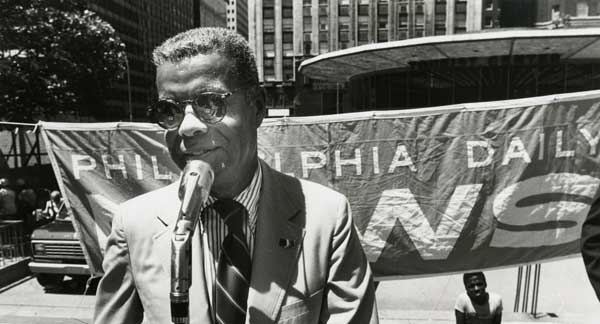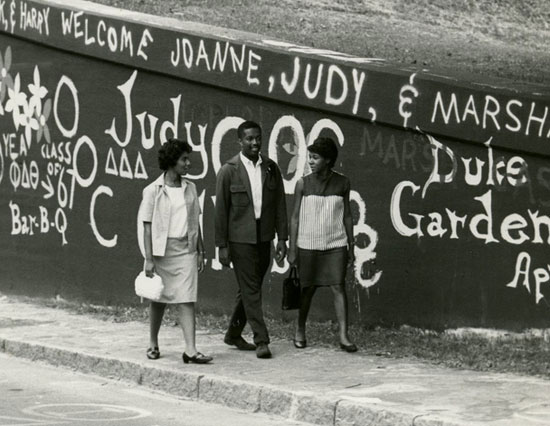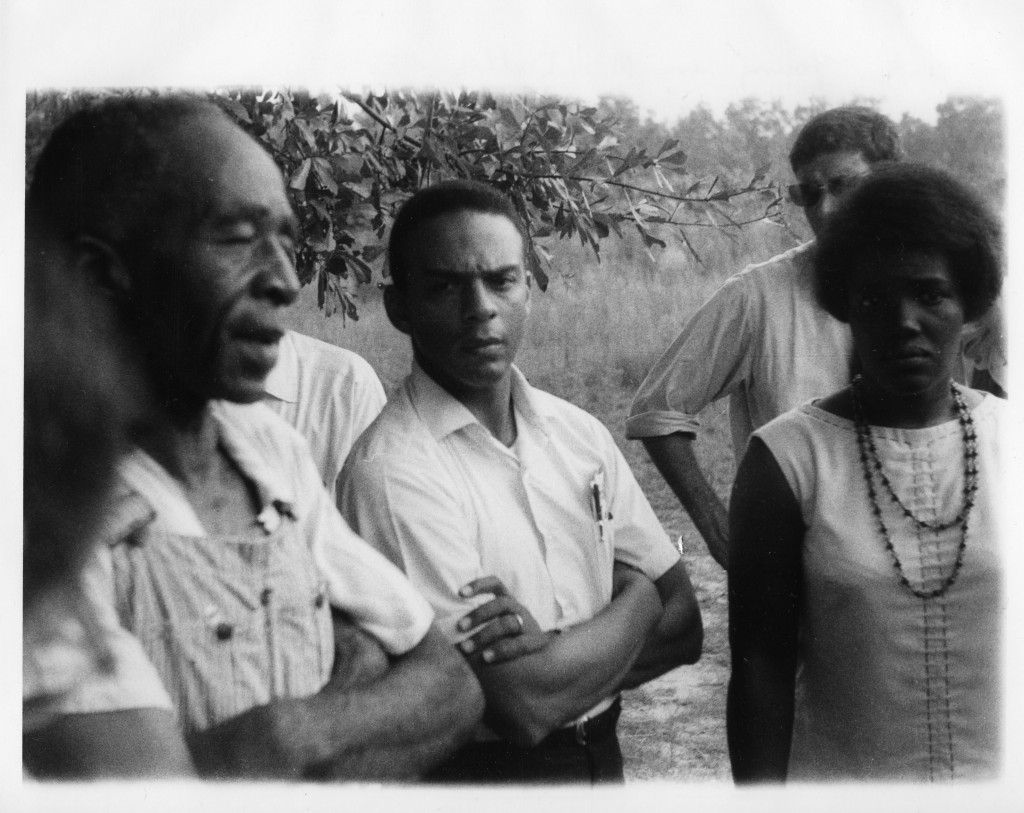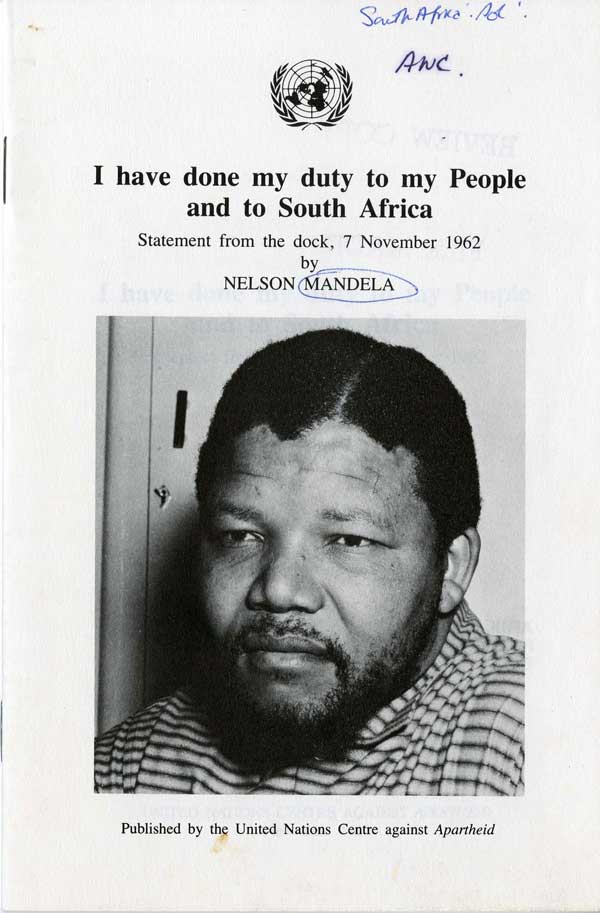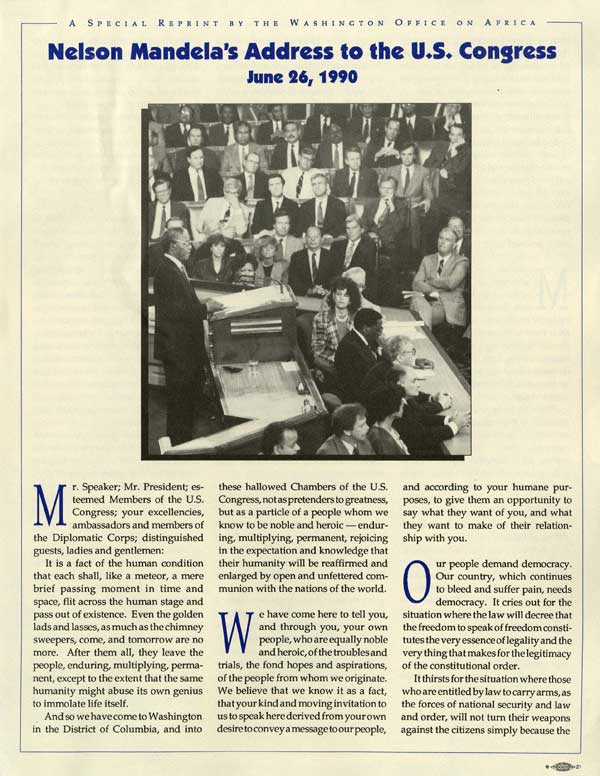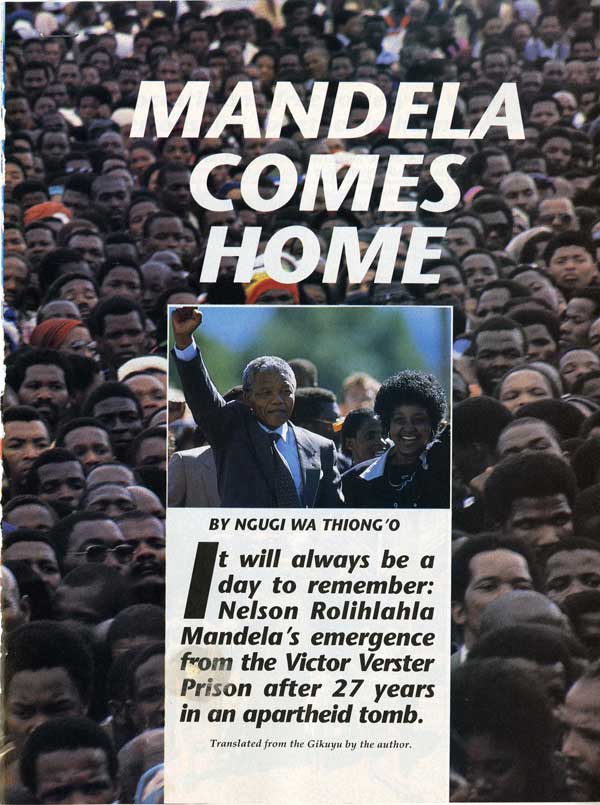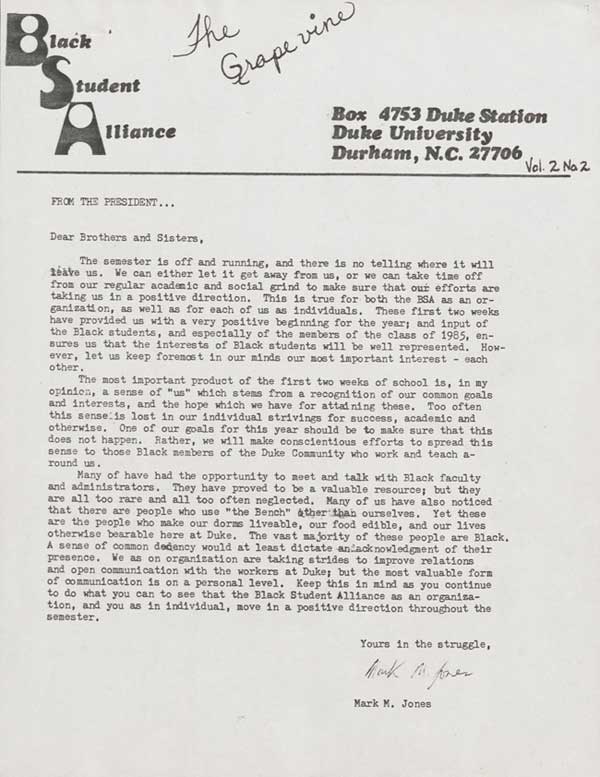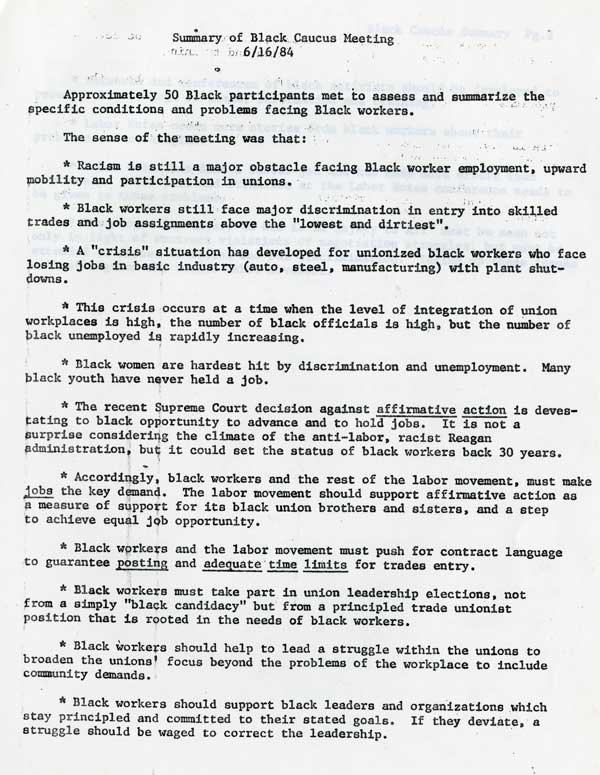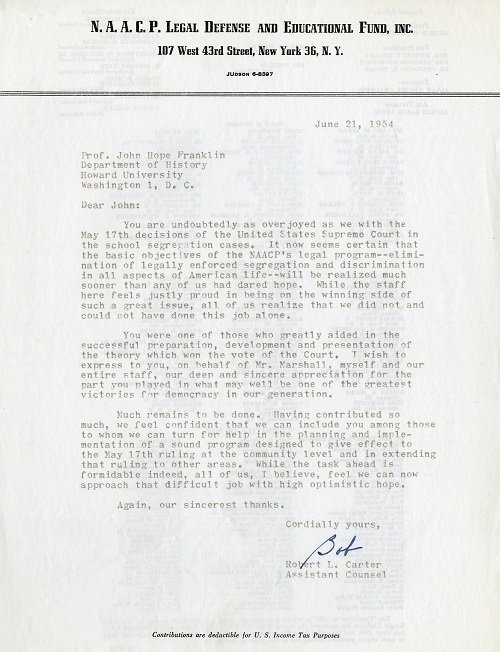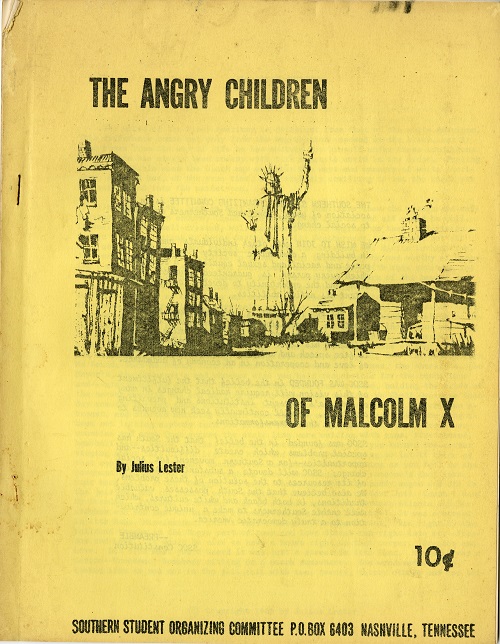The Rubenstein Library’s three research center annually award travel grants to undergraduate and graduate students, faculty, and independent scholars through a competitive application process. Congratulations to this year’s recipients, we look forward to working with all of you!

History of Medicine
Cali Buckley, Pennsylvania State University, Department of Art History, for dissertation work on, “Women of Substance: The Materiality of Anatomical Models and the Control of Women’s Medicine in Early Modern Europe.”
Alicia Puglionesi, Johns Hopkins University, Institute of the History of Medicine, for dissertation work on “The Astonishment of Experience: Americans and Psychical Research, 1885-1935.”
Courtney Thompson, Yale University, Department of the History of Science and Medicine, for dissertation work on “Criminal Minds: Medicine, Law, and the Phrenological Impulse in America, 1830-1890.”
John W. Hartman Center for Sales, Advertising & Marketing History
FOARE Fellowship for Outdoor Advertising Research
Craig Lee, Department of Art History, University of Delaware, “Letter Building: Signage, Supergraphics, and the Rise of Semiotic Structure in Modern American Architecture”
Daniel Towns, Department of History, Stanford University, “The View and the Value: Historical Geography of Signs in San Francisco”
John Furr Fellowships for JWT Research
Lisa Haushofer, Department of History, Harvard University, “Edible Health: ‘Health Foods’ in Science, Industry, Culture in Britain and the United States, 1884-1950
Alvin A. Achenbaum Travel Grants
Dr. Cynthia Meyers, Department of Communications, College of Mount Saint Vincent, “Advertising Agencies and the Decline of Sponsorship in the Network Era of Television”
Dr. Cristina Ziliani: Economics, University of Parma, Italy, “Premium Sales Promotions: A History of Practice and Research, 1890-1990”
Cara Fallon, Department of History, Harvard University, “The Emerging Concept of Healthy Aging in the United States, 1920-1990”
Catherine Hennessey Wolter, Musicology, University of Illinois, Urbana-Champaign, “Sound Conversions in Print: A Cultural History of the Player Piano and Early Radio in America Through the Lens of Print Media”
Kelly Jones, History of Medicine, State University of New York – Stony Brook, “’New Hope for Headache Sufferers’: Pain and its Control in Advertisements for Headache Remedies, 1950s-1970s
Daniel McKay, Independent Scholar, “Trading Fears: Marketing the ‘Japan Brand’ to American Tourists and Consumers”
John Hope Franklin Research Center 2014-15 Travel Grant Awardees
Emilye Crosby, State University of New York-Geneseo Topic: “Anything I Was Big Enough To Do: Women and Gender in SNCC”
Paul Grant, University of Wisconsin-Madison, Topic: “Unimagining the Christian Nation: Alienation, Memory, and German-African Reciprocity in Akropong, Ghana 1835-1938”
Nicole Maurantonio, University of Richmond, Topic: “Ombudsman for Humanity: Chuck Stone, Mediation, and the Graterford Prison Hostage Crisis”
Gilet Rosenblith, University of Virginia, Topic: “Low Income African American Women in the South and the Carceral State”
Nicholas Syrett, University of Northern Colorado, Topic: “American Child Bride: A History of Minors and Marriage in the United States”
Adam Wolkoff, Rutgers University-New Brunswick, Topic: “Possession and Power: A comparative social and legal history of capitalist social relations in the late nineteenth-century United States”
Sallie Bingham Center for Women’s History and Culture Mary Lily Travel Grants
Dr. Georgina Colby, linguistics and cultural studies, University of Westminster, for a book on Kathy Acker combining philosophical analysis with literary and critical theory, exploring connections between feminist theory, Acker’s use of philosophy, and her experimental writing practices.

Dr. Donna Drucker, civil and environmental engineering, Technische Universität Darmstadt, for a journal article on sexual behavior and the science of contraceptive testing in the mid-twentieth century United States.
Sara Mameni, Ph.D. candidate, visual arts, University of California, San Diego, for dissertation research on Iran-US relations in the 1960s and 1970s—leading up to Iran’s Islamic Revolution of 1979—through the lens of queer theory, feminist theory, and postcolonial studies.
Ivy McIntyre, Ph.D. candidate, history, St. Louis University, for dissertation research on South Carolina families in times of personal crisis in the early Republic.
Andrew Pope, Ph.D. candidate, history, Harvard University, for dissertation research on radical social movements and the New South in Georgia from 1968-1996.
Dr. Jason Scott, Dr. Annalisa Castaldo, and Jennifer Lynn Pollitt, for an edited collection of essays looking at how kink identities, behaviors, and lifestyles are represented in popular and cultural studies.
Mairead Sullivan, Ph.D. candidate, women’s, gender, and sexuality studies, Emory University, for dissertation research on questions of breastedness in feminist and queer theory.
Hope Tucker, independent scholar, for an artist’s video on the fragility of reproductive rights in the American South, as seen through the work of those who documented and labored for these rights in the second half of the twentieth century.




